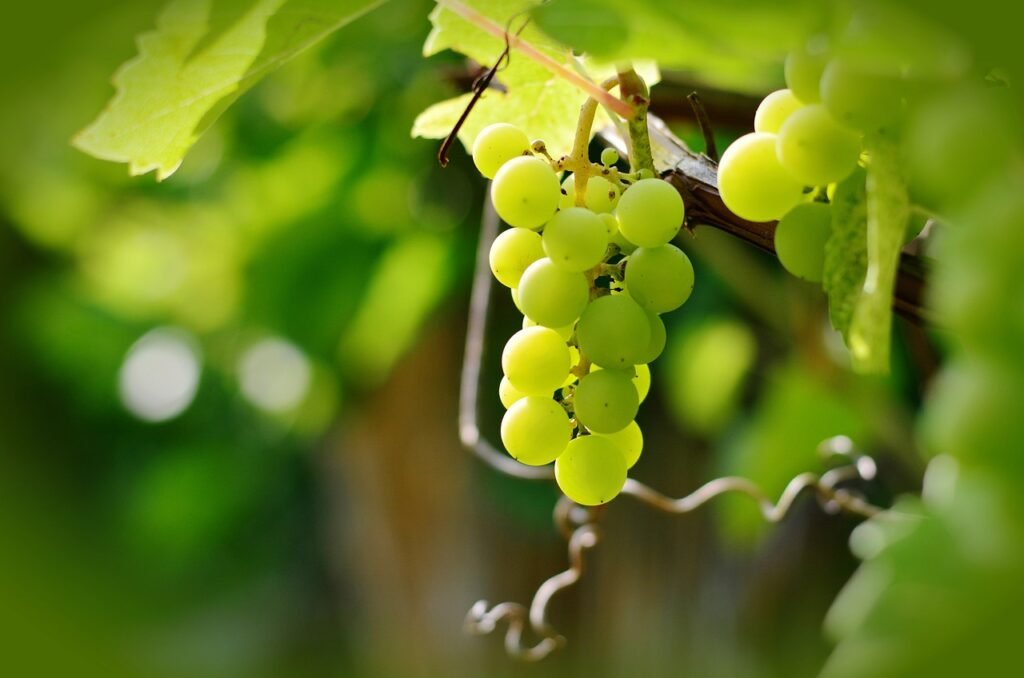
Nearly noble grape varieties: Viognier
Perfumed, fully bodied, exotic, rich, bold, and sweet with a golden tan. If you thought I was describing a romantic interest, you’d be wrong. I was in fact describing the Viognier wines. Without a doubt good Viognier is one the sexiest of wines. However, similar to the red variety Pinot Noir, Viognier can be a bit of a diva, causing a lot of challenges for winemakers. But why does this wine, which almost disappeared in the 60’s, deserve its nearly noble status? Read on to find out…
About the grape
This aromatic grape is notoriously challenging to grow. It is susceptible to powdery mildew and spring frosts. And it really only develops is best aromatic characteristics when fully ripe, so has to be left on the vine late into the season. This variety likes warmer climates, and develops into a yellowish colour when ripe. Like most divas the grape has a tendency to require a lot of effort for typically very low yields, but can be extremely sweet.
Incredible revival – Viognier was almost extinct in the 1960s, and yet in the early 2010s in came back into vogue, and has increased in plantation volume significantly since then.
A great white variety, which enhances red wines – This variety is one which makes great varietal white wines, but it also plays a role in some of finest red wines in the world. In the Côte-Rôtie, for example, red wines can contain up to 20% of this grape!
A great ability to age gracefully – Some of the best wines made from this grape are able to age very well indeed, with examples of 70+ year old wines which are still in good condition.
An gift for blending in – This grape can make incredible varietal wines, but it often blended with other varieties to bring is aromatic floral characteristics.
Profile
Single varietal wines are almost always made into a dry wine, and will typically be:
- Relatively low in acidity
- Dry in style, with some residual sugar depending on how made
- Medium to high alcohol
- Medium to fuller bodied
- With little tannin (depending on skin contact, could be none)

Typical flavours and aromas tend to be of: Tangerine, pear, peach, pineapple, mango, apple blossom, honeysuckle, and rose. Oaked examples may have aromas and flavours of clove and vanilla. Aged examples may develop nutty notes. Wines can have noticeable alcohol. Good food pairings include Thai food and more mildly spiced Indian curries such as Korma which compliment the aromatics. It also pairs well with buttery cheeses and creamier nuts such as almonds, or cashews
Production
France is the main production area where it is used for varietal wines and blending with both white and red wines. Australia and the United States have significant proportions of the world’s plantations, as do Italy and South Africa. Smaller quantities can be found in South America (Argentina and Chile).
You’ll like Viognier if you like…
Marsanne, Chardonnay, Torrontés.
So is your mouth watering for this sexy diva of a wine? Did you know it was a component of the Rhône red wines already? If fragrant, but full bodied is your thing, it might be worth getting hold of a bottle. If you do, I’d love to hear your thoughts. Why not share them with by dropping me a message? In the meantime, keep exploring this beautiful planet we live on, one glass at a time!